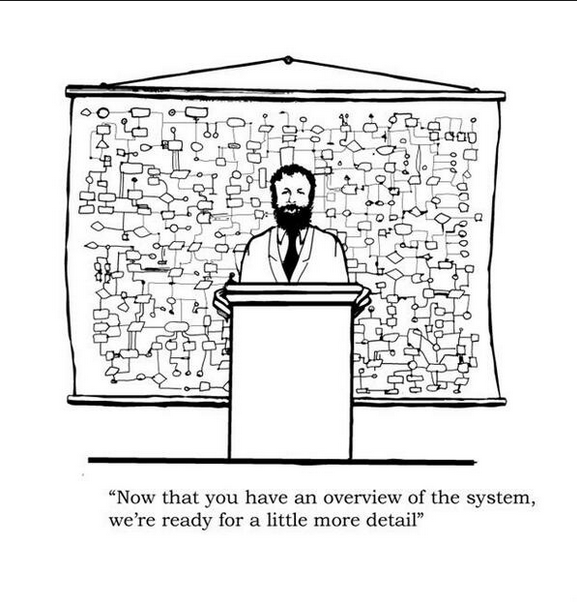
EVOLVING PAID SEARCH FOR CLIENT ACQUISITION
Few things are simple in life and paid marketing is no exception. On the one hand, this medium provides you with instant reach to a targeted audience and yet to target, position, capture, nurture and cultivate a prospects interest in your company requires a high level of complex steps from creative ad copy, content and personal interaction, that all need to be done well. Turning on paid marketing and driving it to your website homepage before you have charted a customer path across multiple interfaces and have the content in place to engage visitors is unlikely to be effective.
Success in paid marketing can boil down to fine margins requiring optimization across all the key points in the customer journey. In the world of paid marketing you can begin optimizing across a continuum of hundreds of small and several key variables ranging from ad copy, ad group formation, and keyword discovery to time of day, location, device bidding and site links to name just a few examples. You can do this within each platform whether it is Google Ads, Amazon or LinkedIn and then across all the collateral assets and interactions a prospect will have with your business. Optimizing across all these areas requires a process of continuous testing. If just a simple change in ad copy can 3-5x your response, you can imagine the improvements that optimizing across every single part of the customer journey can yield. Doing so however, is not typically the norm, which provides every business that does this well, with a real competitive advantage.
As with most things business and life, the following expression captures the sentiment well, of why strategy and campaigns often under-perform. “You know what you know, you know what you don’t know, but you don’t know what you don’t know”! It is always the last part – usually – that will trip you up. There are a lot of components that you need to be aware of and optimize around plus platforms and staying up to date can be challenging. If you are unaware of the “key building blocks” you may well be missing out on capturing good prospects. As mentioned, success in digital marketing and marketing altogether can boil down to fine margins.
While paid marketing offers an instant route to one’s targeted audience, it also demands more creative and messaging, as each platform has its own culture and particular nuances that need to be navigated. While the user’s intent is more defined on Google, Amazon and LinkedIn, Facebook on the other hand is more of a discovery platform. And yes, it’s a lot more work to implement and test campaigns across multiple platforms. Likewise, the expansion of devices requires information to be specially tailored for easy consumption. Until you have lived in the world of digital marketing, it is hard to understand the sheer scale of consideration and work required to build out a foundation digital infra-structure.
To add more complexity into today’s marketing success “equation” people are more bombarded with advertising messaging and information than ever before both in their professional and personal lives. Time – everyone’s time – is at a premium and this means you have less time to make a distinct impression and make it stick. The marketing funnel is more complex and multi-faceted than ever before with people moving seamlessly between platforms and devices throughout the day.
Creative, Content, Copy are more key in marketing today than ever before. The good news is that with the tech platforms available today we can test, modify and iterate more quickly than ever before. The bad news there is a great deal more variables and content that need to be ideated, written and tested. The number of assets required for any given campaign has grown exponentially with so many platforms in play. Finally, do not forget to evaluate how your paid and organic content channels intersect. Digital marketing at its best is strategic, targeted and synergistic, meaning all your assets will build off one another.
What are the takeaways from the above trends as it relates to building a paid marketing campaign?
- Think 100% strategically about all your goals and each step in-between before you act.
- Ensure you have thought through all the requisite content assets needed to nurture the prospect from first contact through to client acquisition
- Ad Copy and Messaging is more important than ever before if you want to stand out, engage and capture a prospects attention and time.
- Take into account different messaging requirements for different platforms and devices. Google is more user intent defined whereas Facebook requires a more blended interactive experience with a more “story” based approach.
- Your messaging needs to be as concise as possible and grow in complexity alongside the prospects interest level
- Be present – in front of your audience – across multiple platforms. The customer journey is more random today than ever before following multiple network paths.
- Test, Test & Test across the entire customer journey continuum to iterate and improve performance.
- Data is your friend. However, it is only as good as the information/messaging inputs. Utilizing both in harmony along with the above points will give your campaign a higher likelihood of excellence and achieving a high performing marketing ROI.
Proper strategic preparation and creative is 75% of the battle. Starting right saves considerable time and gives you a basis on which to keep course correcting and optimizing ROI to achieve your business goals. Start wrong and you will need to re-set across multiple content and creative assets. Content is labor and time intensive. Time is at a premium in today’s fast moving and changing business environment. Marketing is mission critical to your business development process. It pays to get it “more” right, the first time.

No Comments
Sorry, the comment form is closed at this time.